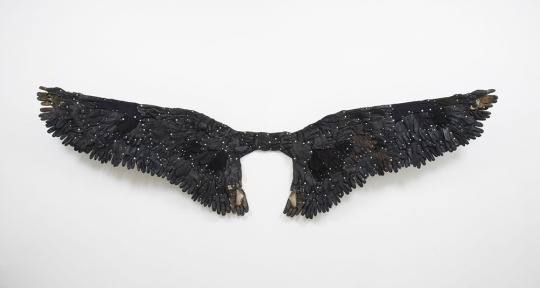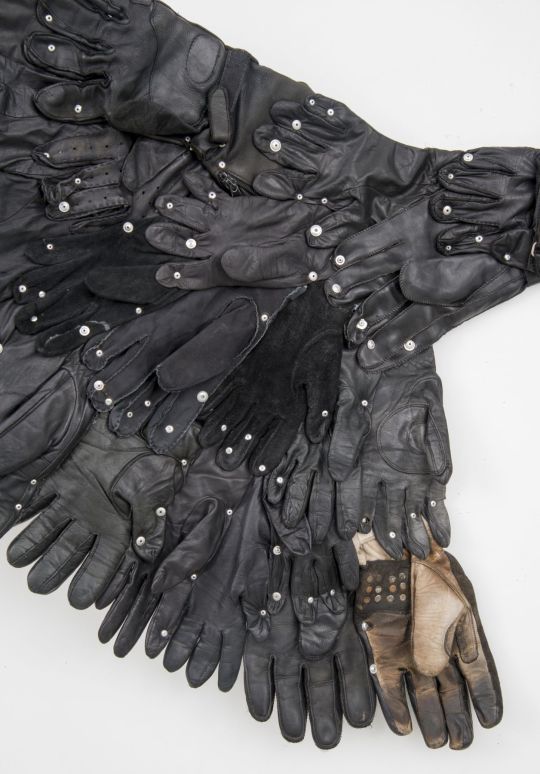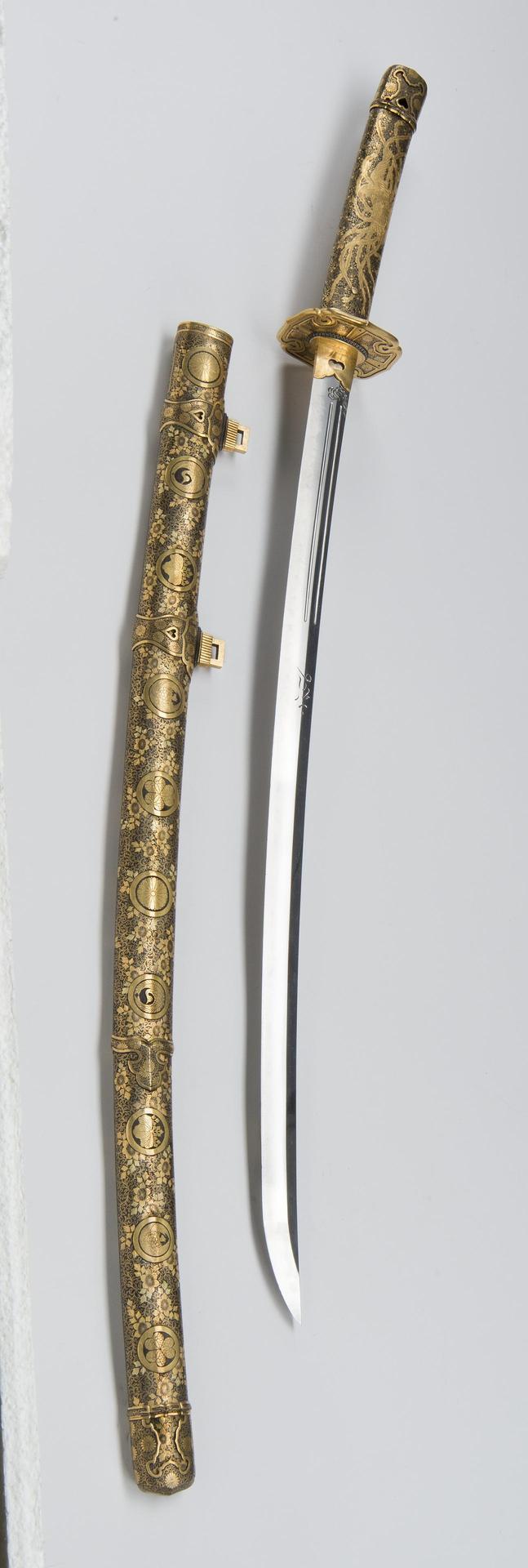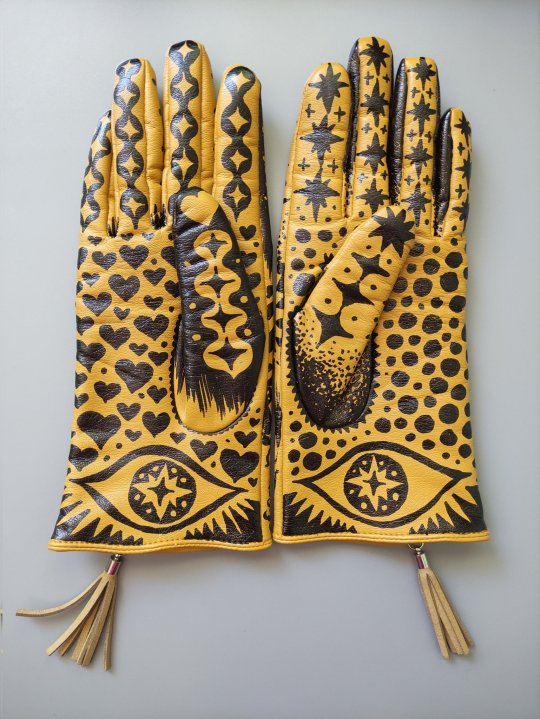Photo



The theory of flight, Paul Villinski
11K notes
·
View notes
Text

CHRISTIAN DIOR Resort 2026 if you want to support this blog consider donating to: ko-fi.com/fashionrunways
98 notes
·
View notes
Photo

Ornate Japanese katana crafted in 1866, presented to Czar Nicholas II during to his visit to Japan in 1891.
from The Hermitage Museum, St. Petersburg
7K notes
·
View notes
Text

An eclipse of satin white moths (Palpita flegia) in the Volcán Tacaná Biosphere Reserve, Chiapas, Mexico
by Benigno Gómez y Gómez
1K notes
·
View notes
Text




rose details @ giuseppe di morabito | fall 2025
3K notes
·
View notes
Text



39K notes
·
View notes
Photo


I found out that my gloves had some dark stains on them, so I decided to refresh them a bit :D It was fun! Used alcohol-based marker for drawing.
10K notes
·
View notes
Text




ARTHUR TOROS 'Tears Of An Angel' Mask if you want to support this blog consider donating to: ko-fi.com/fashionrunways
2K notes
·
View notes















